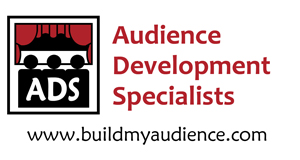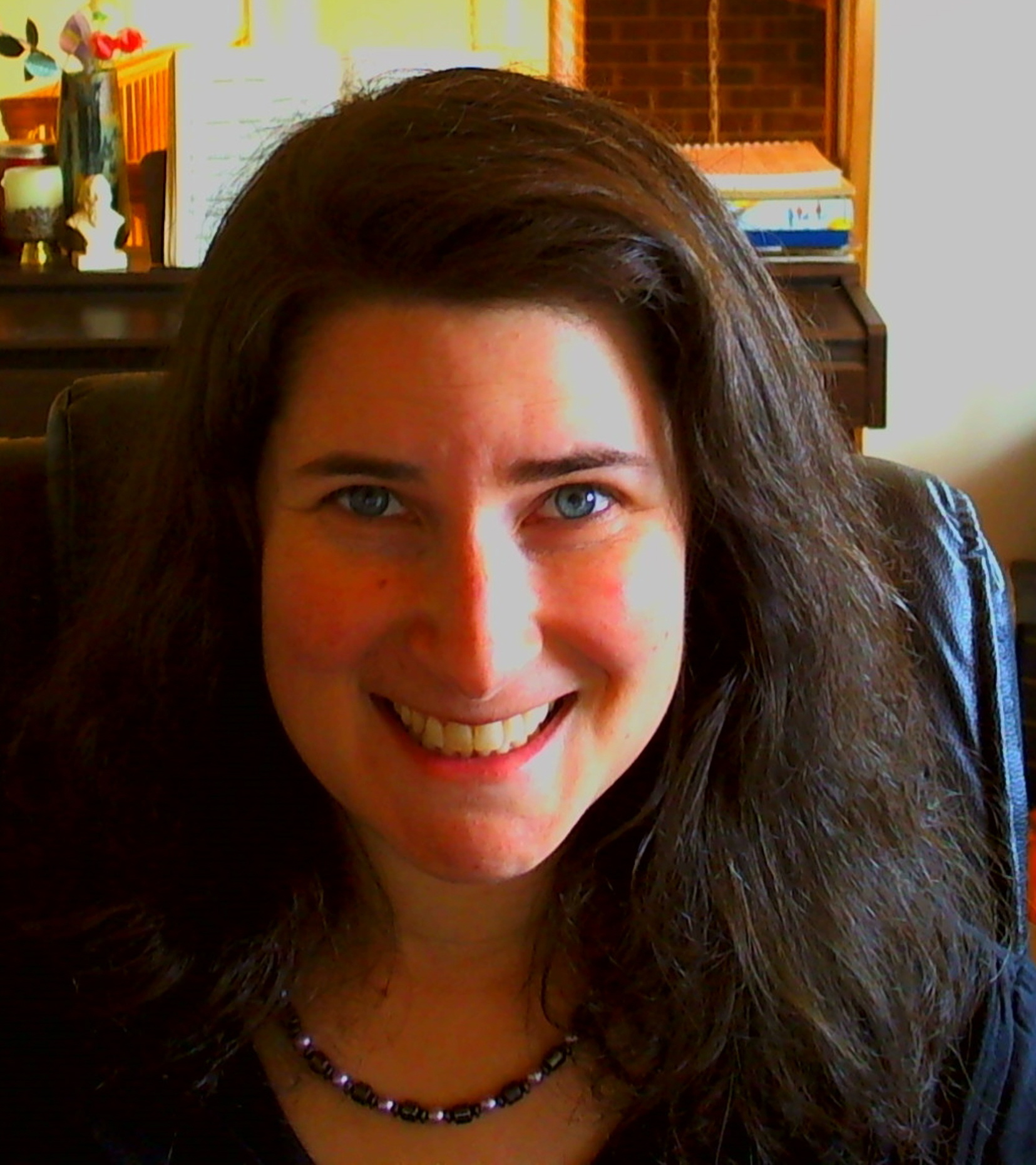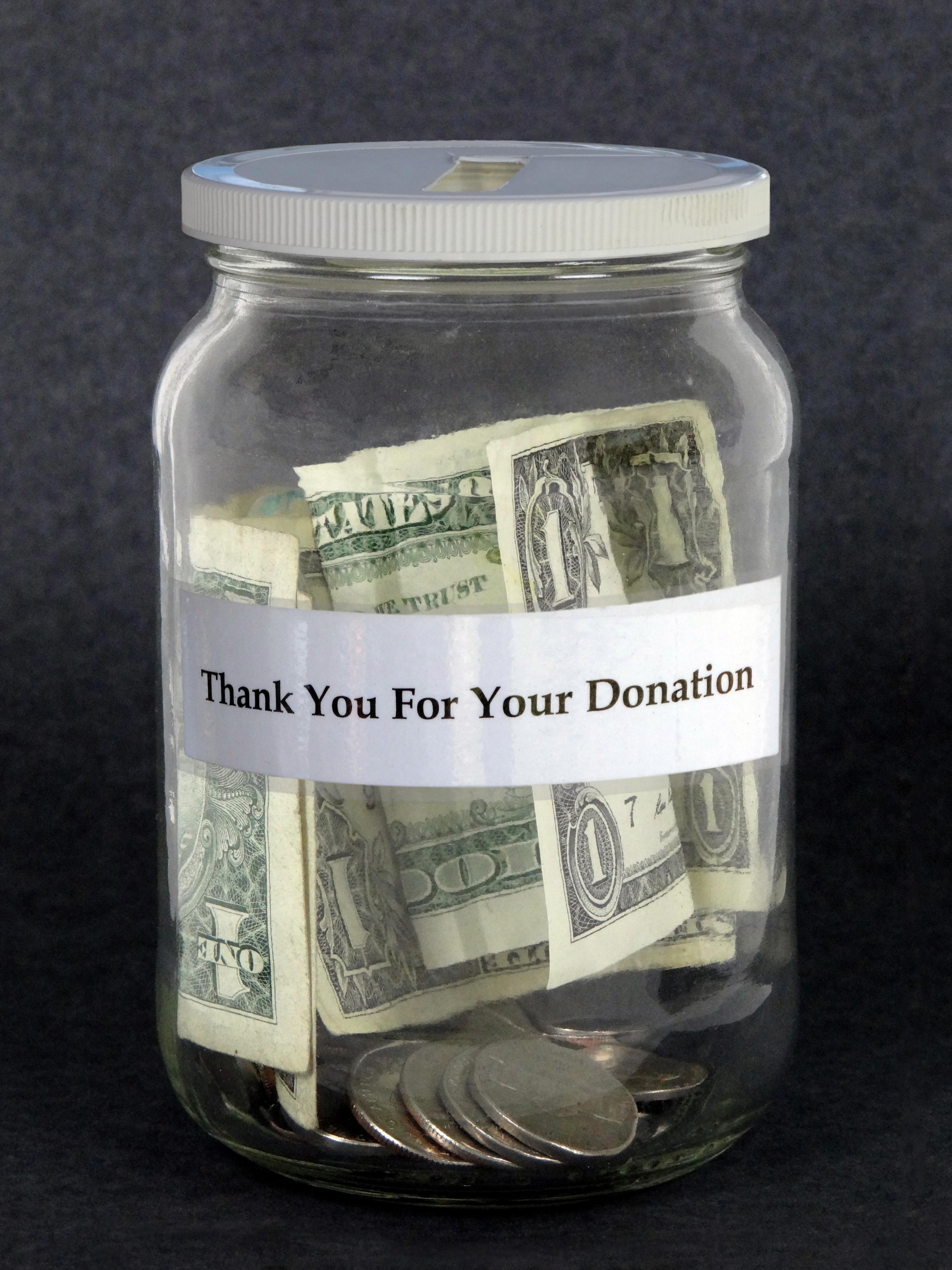I finally want to take the time to chime in again about Michael Kaiser’s tour, Arts in Crisis. The media continues to give us reports on each of his stops around the country. The latest article had the most interesting sound bytes by far:
Arts groups get advice from Kennedy Center president
Be bold. Be imaginative. And, whatever you do, don’t send out word that you are sinking.
I definitely agree with the first two points. I do think artists and arts organizations need to be bold and imaginative in order to make a statement and become recognized among the field, to stand out, to be redeemed worthy of being supported. Commonplace arts do not get donors and supporters excited, new and innovative projects do.
However, the third sentence, “don’t send out word that you are sinking,” can be debatable. Sure, you want to create a positive impression, put your best foot forward, but there is a matter of honesty that needs to happen as well. What if you are in a state that is less than operable, and you are in the red. Wouldn’t your donors and supporters want the truth? Don’t we owe them some honest communication? For one, they will want to be kept abreast of the situation since it is their investment, and two, I still feel that if a community knows the reality of the situation, they are more likely to want to help. The way to compensate for the honesty is to also have an honest plan for the future and to generate energy toward this future. Yes, you may be in trouble in the present, but the plans you have to present your supporters can be exciting and encouraging to let them know that you are in the midst of a come back. No lying involved, full communication that your supporters deserve. In Kaiser’s defense, I must say he is advocating for presenting a plan for three years out to prove that you are thinking big for the future. I simply believe that being honest with your situation in the present is important too. Audiences currently do not want to be in the dark anymore, and since it is their money that supports, it is unfair to keep them blind to the realities. With a little tongue in cheek I do find it ironic that this tour is called “Arts in Crisis.” If we aren’t supposed to let people know we are in trouble, then shouldn’t it be named “Arts in Transition?”
Kaiser said that too often arts groups try to play to the foundation just for the sake of landing the extra cash. He said solid programming will stand on its own merits.
“Successful arts organizations are very, very clear about what they are trying to achieve,’’ Kaiser said.
I 99% agree with this statement. I do feel that the clearer an artist or organization is about their art and their programming, the better off they will be. The 1% degree of difference deals with being a part of the surrounding world and being open to new ideas. For example, perhaps a foundation is asking for a particular type of project to fund. Your organization has not planned for this, but perhaps one of the projects you are planning could become better if you incorporate some of the foundation’s ideals. I do feel you should stick to your guns up to a point. Be sure to be open to other ideas and ideals, especially if it will improve your projects, programming and situations.
“I believe in big, transforming projects,’’ Kaiser said. “When you do big, exciting projects, you build your donor base.
“What are the projects and programs you can do to make your organization the exciting group that everybody in your community is talking about?’’
Here is where I 100% agree with Kaiser. What is the point for art if you don’t go for the gusto? If your project is not exciting, you simply will not obtain the energy needed to support it. Even if programming is same old same old, which some supporters like, the presentation needs to be exciting and new to generate energy. You do want people to talk about your organization, your projects, your programs, and the only way to really generate a great buzz is to have the excitement behind your projects.
Arts groups can save money by collaborating on big projects with other organizations, and sometimes a group can find a project that doesn’t cost a lot but is so imaginative and significant that it brings in support.
One of the 4 C’s of audience development – collaboration. Collaboration creates new allies for all people involved. The support from each artist or organization involved will help with the costs of the project and more than likely broaden/diversify the donor bases for both organizations. Collaboration in this economy is super smart and great for audience development too.
All in all, I really like Kaiser’s style. He is stepping in, rolling up his sleeves and having important discussions with a variety of artists and organizations around the world. It is extremely important to know who you are, to have an exciting plan, and to build relationships with existing and potential audience members. I would like to add that there is no magic wand. These ideas are the basis for more planning and more work. It will take time and effort to effectively reach out to get the support you need to turn things around. At least with this wisdom, you will have a solid and sound foundation to start with.
Cheers to happy and loyal audiences,
Shoshana
Shoshana Fanizza
Audience Development Specialists
https://www.buildmyaudience.com
Facebook/twitter /E-mazing Newsletter /Blog
“Never treat your audience as customers, always as partners.”
~James Stewart
New Services!
Hourly Phone Sessions – Do you have a question about audience development or need feedback or advice on a project or challenge? ADS can help!
Donate to the Audience Development Specialists Grant Fund!
YouTube Gallery – Do you have an amazing way you use YouTube to promote your art? Let ADS know, and you might see your YouTube highlighted on our new gallery!




